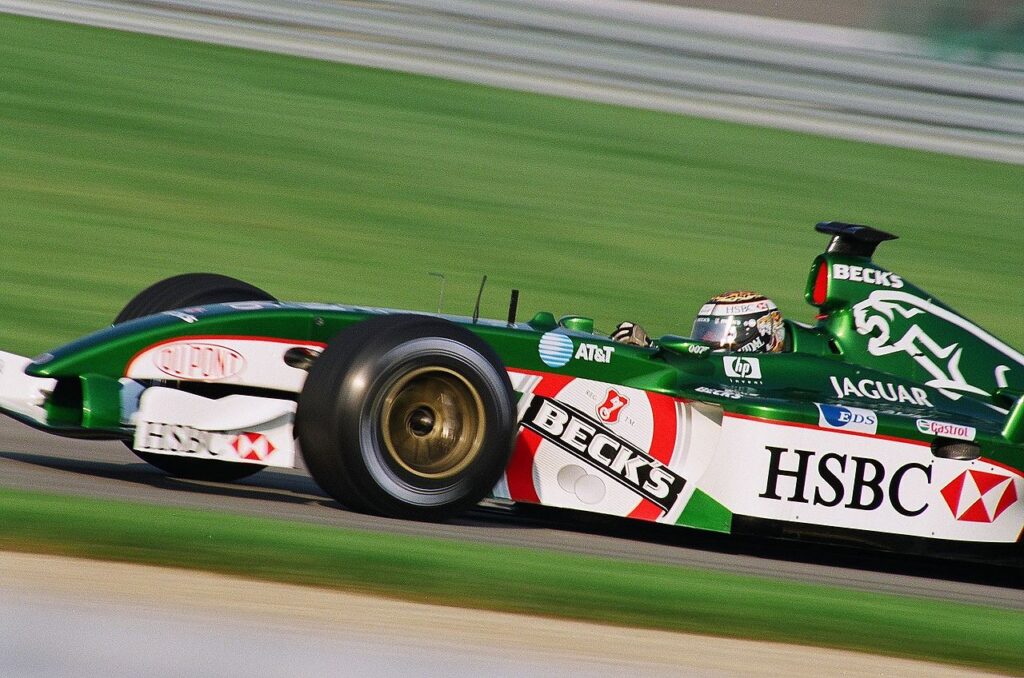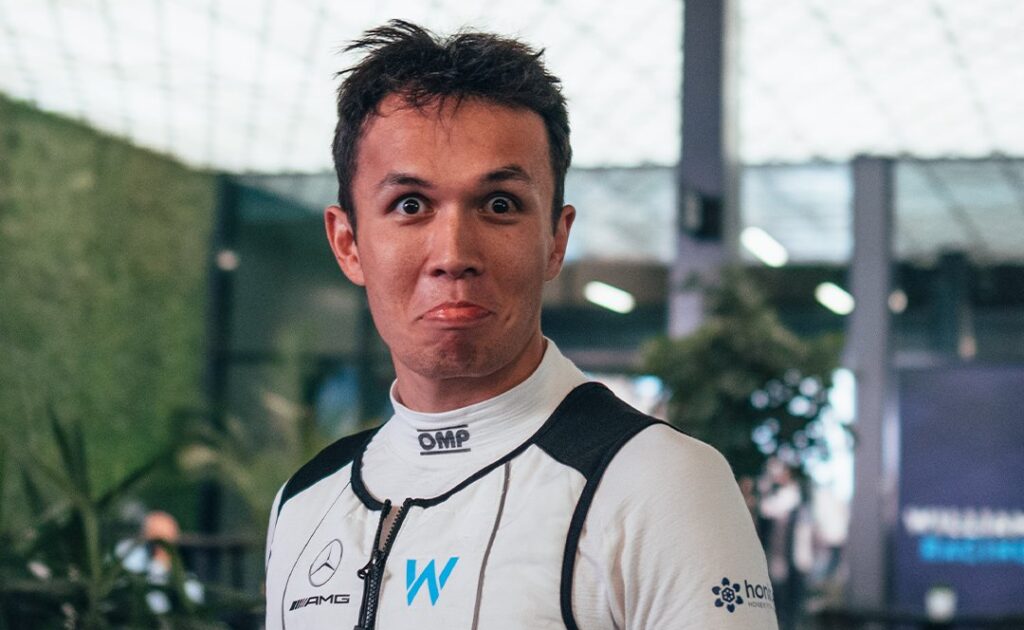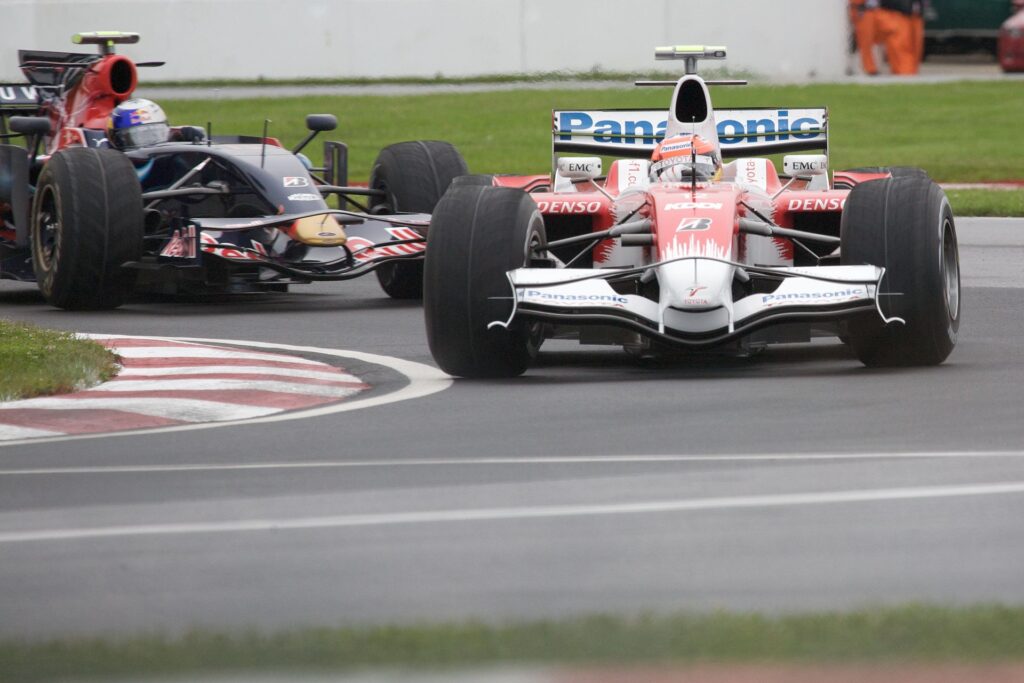Ford’s time in Formula One is a story of both success and disappointment. The American automaker first entered the sport in the 1960s and quickly established itself as a major player, with its engines powering some of the most successful teams and drivers of the era. However, despite its early success, Ford’s time in Formula One would ultimately be short-lived, as the company would pull out of the sport after just a few years. In this article, we will explore Ford’s time in Formula One, examining its successes, its challenges, and why it ultimately decided to leave the sport.
Ford first entered Formula One in the 1960s, supplying engines to a number of teams, including Lotus, McLaren, and Brabham. The company’s engines were highly competitive and quickly became some of the most sought-after in the sport. During this period, Ford powered several World Champions, including Jim Clark, Jochen Rindt, and Emerson Fittipaldi.
GET ONE MONTH FREE AND LEARN HOW TO BUILD YOUR OWN WEBSITE HERE
However, despite its early success, Ford’s time in Formula One was not without its challenges. The sport was rapidly evolving, and the company found itself facing increasing competition from other engine manufacturers. Additionally, the cost of competing in Formula One was rising, and Ford was forced to invest heavily in its engine program to keep up.
Despite these challenges, Ford continued to compete in Formula One throughout the 1970s. The company’s engines powered several successful teams and drivers, including Mario Andretti and James Hunt, and it continued to be a major player in the sport. However, by the end of the decade, Ford had become increasingly disillusioned with Formula One, and it began to consider its options.
In the end, Ford decided to pull out of Formula One, citing the rising costs and increasing competition as the main reasons for its decision. The company’s departure from the sport marked the end of an era, and it left a void that was never fully filled.
Ford’s time in Formula One was a story of both success and disappointment. The company was a major player in the sport during its early years, powering several World Champions and successful teams. However, despite its early success, Ford’s time in Formula One would ultimately be short-lived, as the company decided to pull out of the sport due to the rising costs and increasing competition.
It wasn’t until the 1990’s when Ford decided it would be time for them to give F1 another go, but this time with a sub-brand, Jaguar, and a full F1 team.
The team was created in the late 1990s, when Ford acquired the Jaguar brand and decided to enter the sport as a constructor. Over the next few years, the team experienced a number of ups and downs, eventually becoming one of the leading teams in the sport before eventually being sold and disappearing from the grid. In this article, we will examine the history of Ford’s Jaguar Formula One team, exploring its formation, its successes, and its eventual downfall.
The Jaguar Formula One team was created in 2000, when Ford acquired the Jaguar brand and decided to enter the sport as a constructor. The team was based in the UK and was initially powered by Cosworth engines. Over the next few years, the team went through a period of intense development, as it worked to establish itself as a competitive force in the sport.
Despite its early struggles, the Jaguar Formula One team eventually began to experience success. The team scored its first podium finish in 2003, and over the next few years, it became one of the leading teams in the sport, consistently finishing on the podium and challenging for wins. The team’s success was largely due to its talented driver line-up, which included drivers such as Mark Webber, Christian Klien, and David Coulthard.
However, despite its success on track, the Jaguar Formula One team was not immune to the challenges faced by many teams in the sport. The costs of competing in Formula One were rising, and the team was forced to make significant investments in its operations in order to remain competitive. Additionally, the team was facing increasing competition from other teams and engine manufacturers, making it increasingly difficult to maintain its position at the front of the grid.
Ultimately, the Jaguar Formula One team was sold to Red Bull in 2004, and the team disappeared from the grid. Despite its relatively short time in the sport, the team made a lasting impact, and its legacy remains to this day. The team’s success was a testament to the talent and dedication of its drivers, engineers, and mechanics, and its story will always be remembered as one of the most memorable chapters in the history of Formula One.





